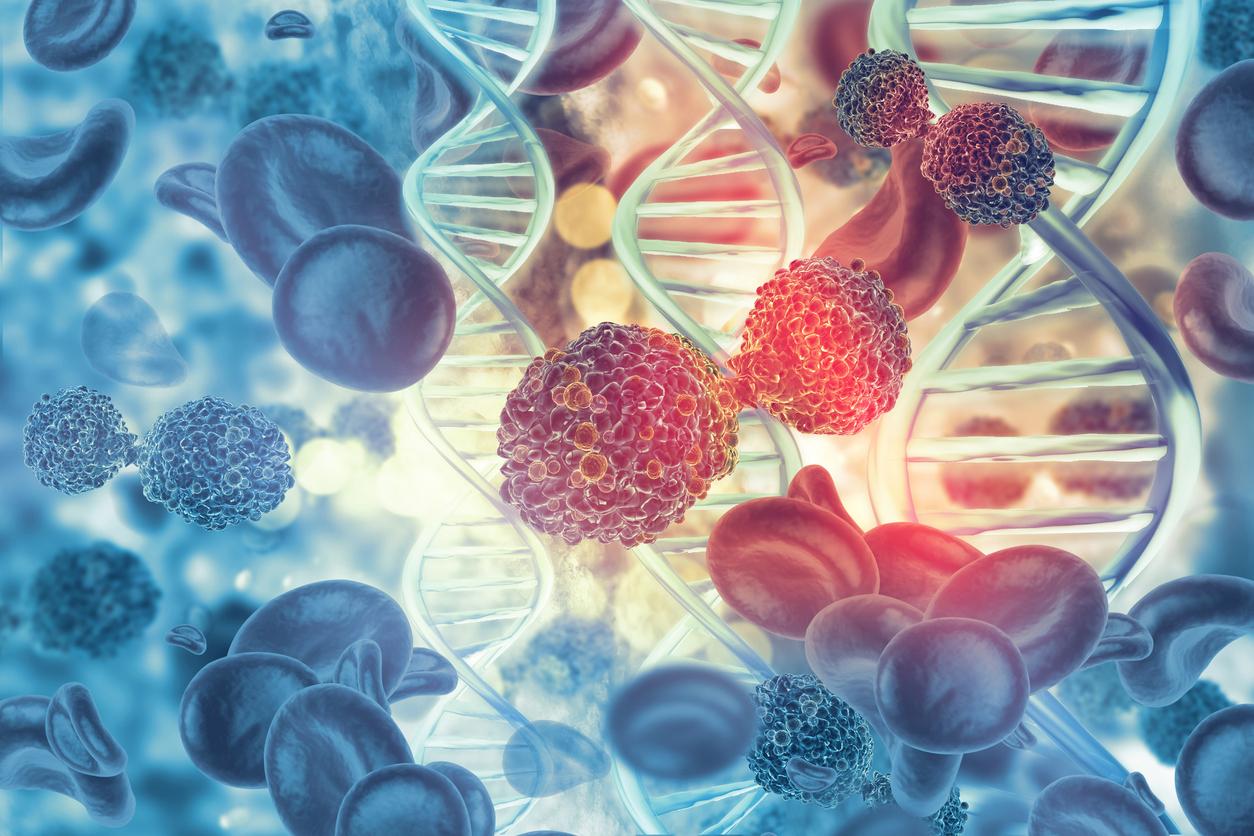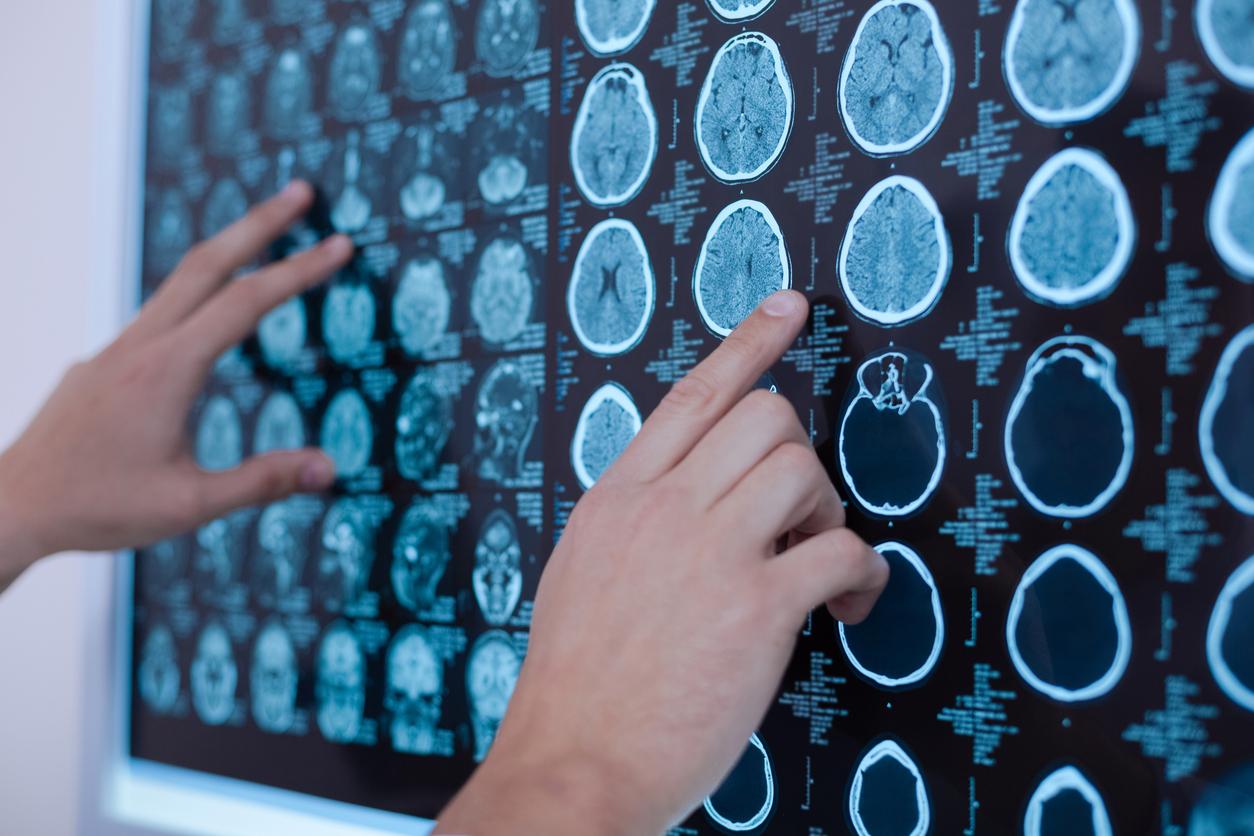British researchers have identified ‘cellular messages’ that could help identify the early stages of osteoarthritis, according to
results of a study published in the medical journal Systems Biology and Applications
. These conclusions were obtained on rats.
Identify the early stage of osteoarthritis
L’osteoarthritis is a so-called “mechanical” disease: the articular cartilage deteriorates little by little until it disappears and leaves the bones raw against each other. It is often related to age, but certain other factors promote its development. Anatomical abnormalities, trauma related to a great sports practice and overweight (obesity and overweight) can cause osteoarthritis.
Researchers from the University of Liverpool in the UK examined the molecular messages produced by cartilage cells in humans and rats.
Using data from hundreds of studies of cellular messages, researchers sought to define the messages most frequently encountered under normal or life-like conditions.osteoarthritis.
Scientists have identified different subgroups of patients and key features of different disease phenotypes, which would help establish an early diagnosis of osteoarthritis.
The researchers revealed the expression profiles of cartilage genes, in particular the overexpression of certain genes already associated with osteoarthritis, the levels of inflammation, the differentiation status of resident chondrocytes (cells that participate in the synthesis and maintenance of cartilage tissue)
“Our research has the potential to identify different subgroups of patients, including those in the early stages of osteoarthritis,” said Simon Tew, Professor of Orthopedic Sciences and author of the study.
Read also:
Losing weight slows osteoarthritis
Osteoarthritis: a questionnaire to better target pain in patients
Osteoarthritis and arthritis: what’s the difference?


















